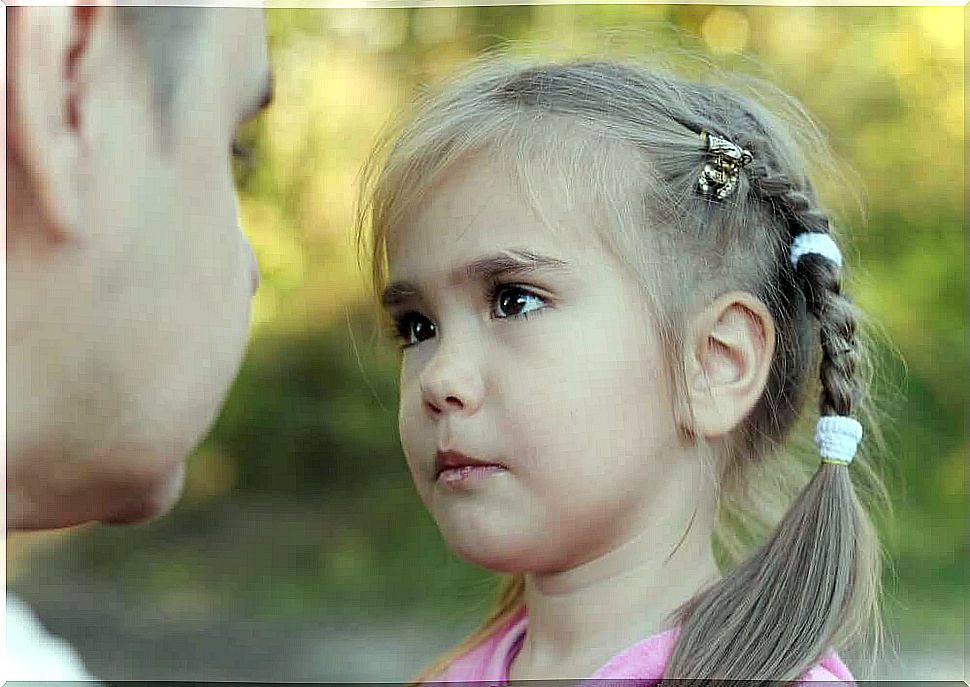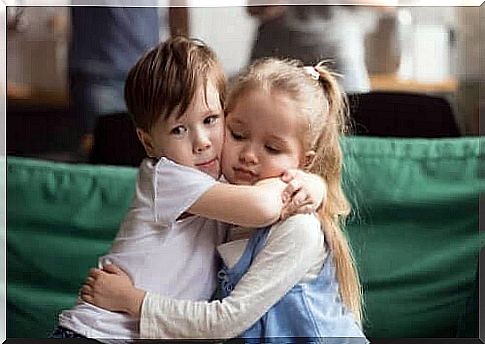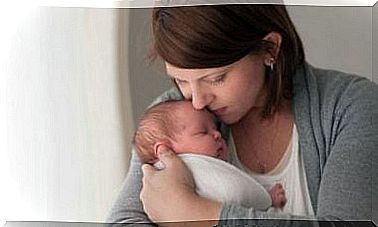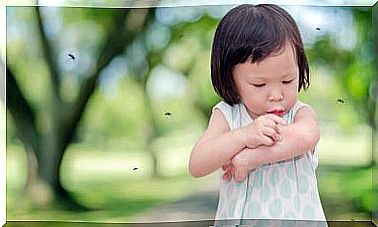How To Identify Highly Sensitive Children

What is hypersensitivity? And how do you identify hypersensitive children? Hypersensitivity is neither a disease nor a disability, but a personality trait that is usually abbreviated to HSP, after the English “highly sensitive person”.
Parents of children who have an abnormally high sensitivity sometimes fear that they are dealing with autism or something similar. But that is not necessarily the case. Continue reading to discover more about hypersensitive children.
What is hypersensitivity in children?
Hypersensitivity is simply a psychological trait with a neurological basis. Psychologist and researcher Elaine Aron, who herself is highly sensitive, has devoted her life to studying this.
Her results have shown that very sensitive people show a greater blood flow in certain regions of the brain than in individuals with lower sensitivity.
She has also come to the conclusion that highly sensitive people in social and emotional contexts have a unique ability to perceive emotions… both their own and others’. In the same way, they can appreciate details in reality that the rest of the population does not notice.

Characteristics in highly sensitive children
Elaine Aron is a leading expert in high sensitivity, especially in children. In her book The Highly Sensitive Child , she states that all highly sensitive children have the following four characteristics in common:
- Deep processing. Children who are very sensitive process impressions and information more deeply than other children, given that they show stronger internal reflection processes.
- Overstimulation or overvoltage. Children who are highly sensitive are easily overstimulated. Consequently, this entails a need for longer rest periods so that they can recover.
- Emotional intensity. Social and emotional abilities, such as empathy, are very well developed in highly sensitive children. As a result, they can better and more easily appreciate the feelings of others.
- Sensory sensitivity. Girls and boys who show high sensitivity absorb a greater amount of sensory information. At the same time, they perceive more subtle details.
In addition to these characteristics, of course, the personality and temperament that highly sensitive children acquire also has a great impact on how they react and adapt to the outside world.
How to identify hypersensitive children

Some of the key characteristics that distinguish high-sensitivity children from those who are not are:
- Highly sensitive children have a more developed empathy because their mirror neurons show a higher level of activity than in other people.
- They develop creative and artistic abilities to a greater extent.
- They have a greater global awareness associated with singular brain activity in the insular lobe of the brain.
Why is it important to detect hypersensitivity in children?
Knowing how to identify hypersensitivity in children early on helps prevent future problems with their self-esteem and self-perception. It helps us adults to teach them to better understand themselves and this psychological trait… and deal with it and accept it as part of their personality. In short, they learn to live with their high sensitivity in the best possible way.









